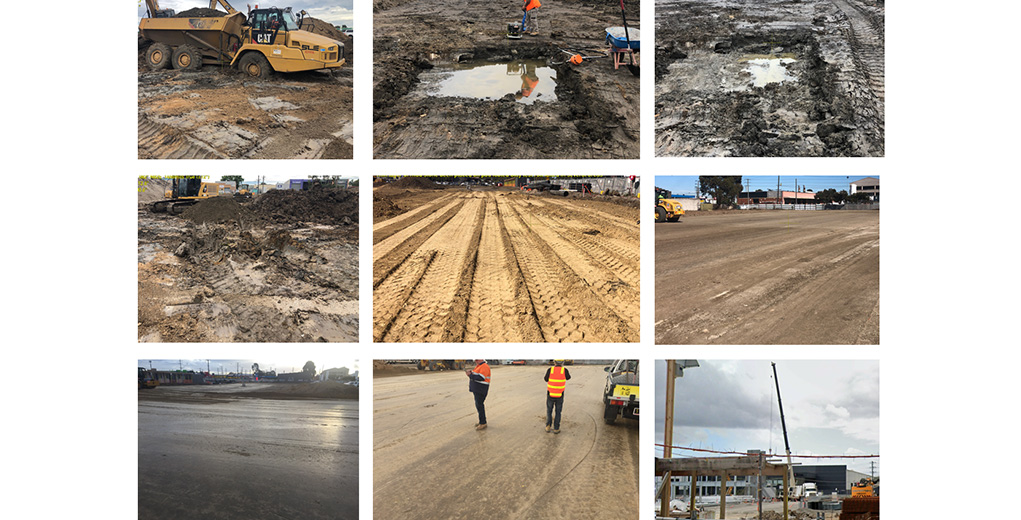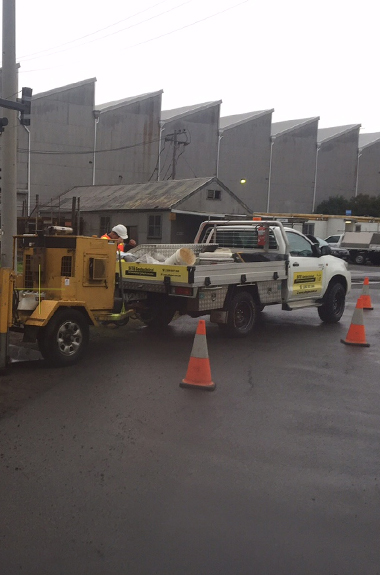No matter what structure is built it will require a geotechnical investigation to determine the soil / rock properties that it will be founded upon. Poor investigation can lead to unforeseen issues whereas a thorough investigation can minimise risks when more is known.

Site Geotechnical Pty Ltd are in the business of enhancing engineering projects through ‘Soil Investigation Testing and Evaluation’ beginning at the soil foundation.
Although affordability is an important factor, other factors are more long-term. Risk management is a large consideration and the more that is known about a site, the better the ability to make decisions. The use of less accurate (rule of thumb) soil testing methods may save money at the start of the project, however it is important to recognize that the soil test is generally only a small fraction of the total project cost (often less than 1%). Conservative, incomplete, or incorrect information provided at the soil testing stage may eventually result in greater costs than that saved by undertaking a cheaper soil test. To ensure a solid start to any building project – and minimize problems or delays later in the build – it is wise to first focus on getting a quality soil test completed by a reputable company.
Given that soil provides the support for a structure, a soil test is essential for obtaining the parameters for design and identifying any constraints on construction. The information provided within a soil report should assist structural engineers in designing appropriate slabs, footings, or deep foundations (if required) to ensure your structure is safe and appropriately designed i.e. less prone to cosmetic defects such as cracking.
The more information you have, the more specific and appropriate the design for your structure. The Australian Standard AS 2870 sets out the method for determining the classification of a site and the design and construction requirements for slabs on ground, stiffened rafts, waffle slabs, strip footings, pad footings and piled footings. Structural Engineers and Builders are increasingly adopting the use of deep or piled foundations, requiring more detailed investigation to ensure the appropriateness of your design as well as providing better quantified options.
The main items required as part of the soil test are listed below. Having a good understanding of the ground conditions should assist in proper design and performance.
The cost of completing a geotechnical investigation is dependent on the project, engineers brief and site requirements.
